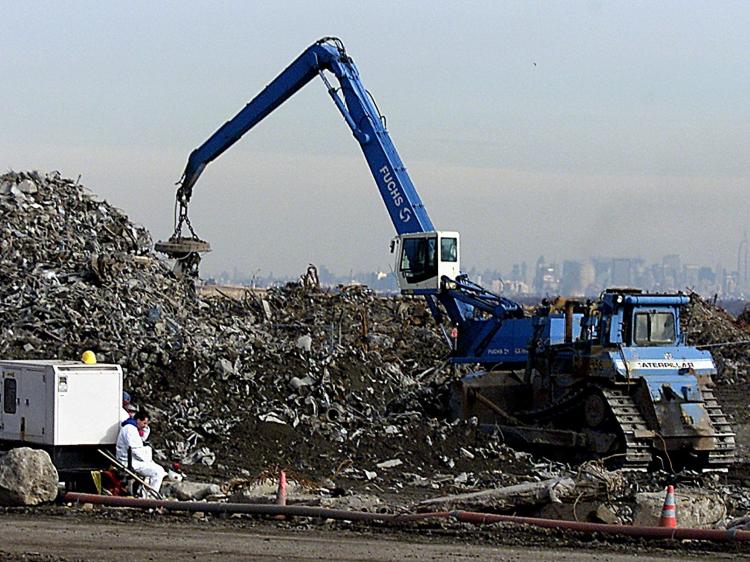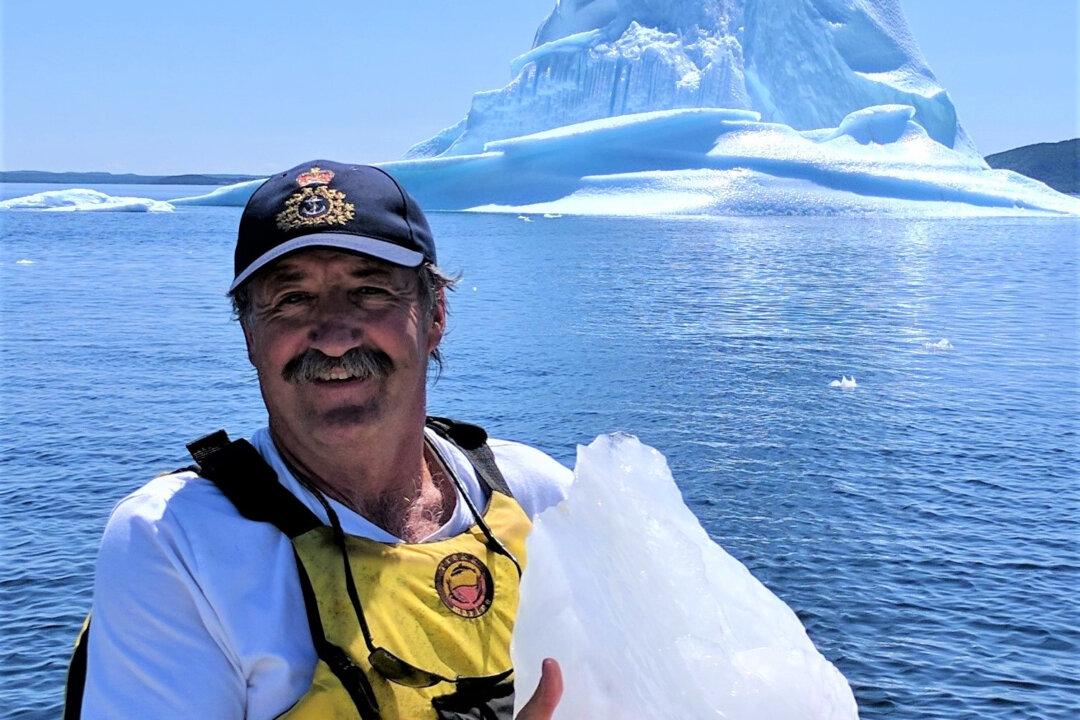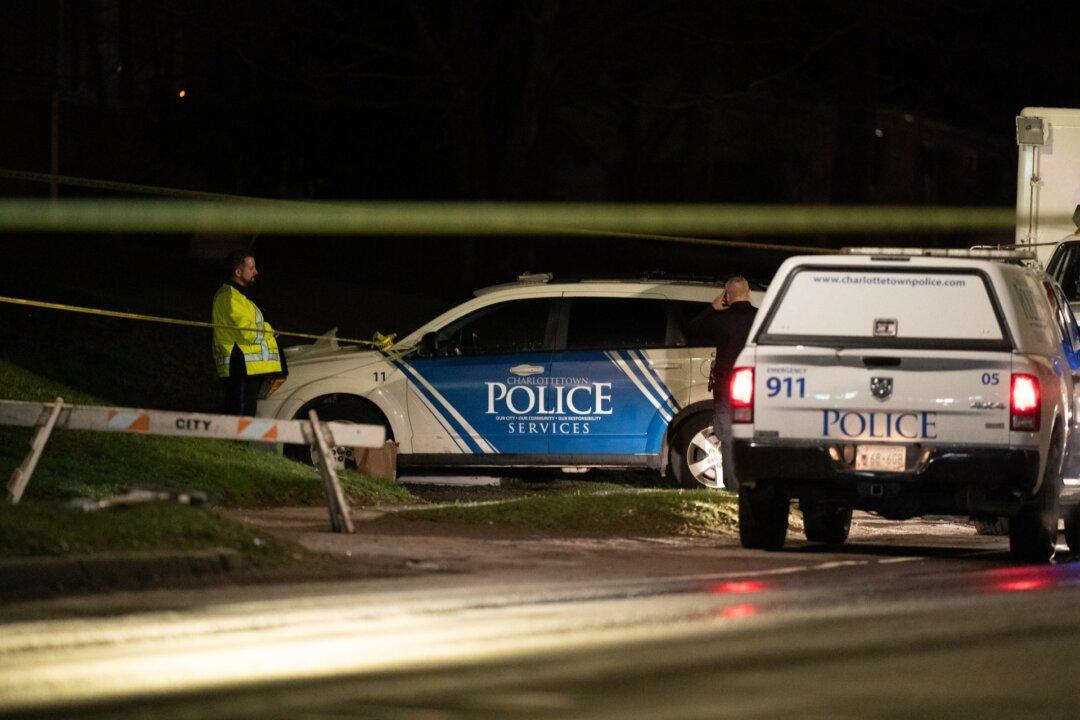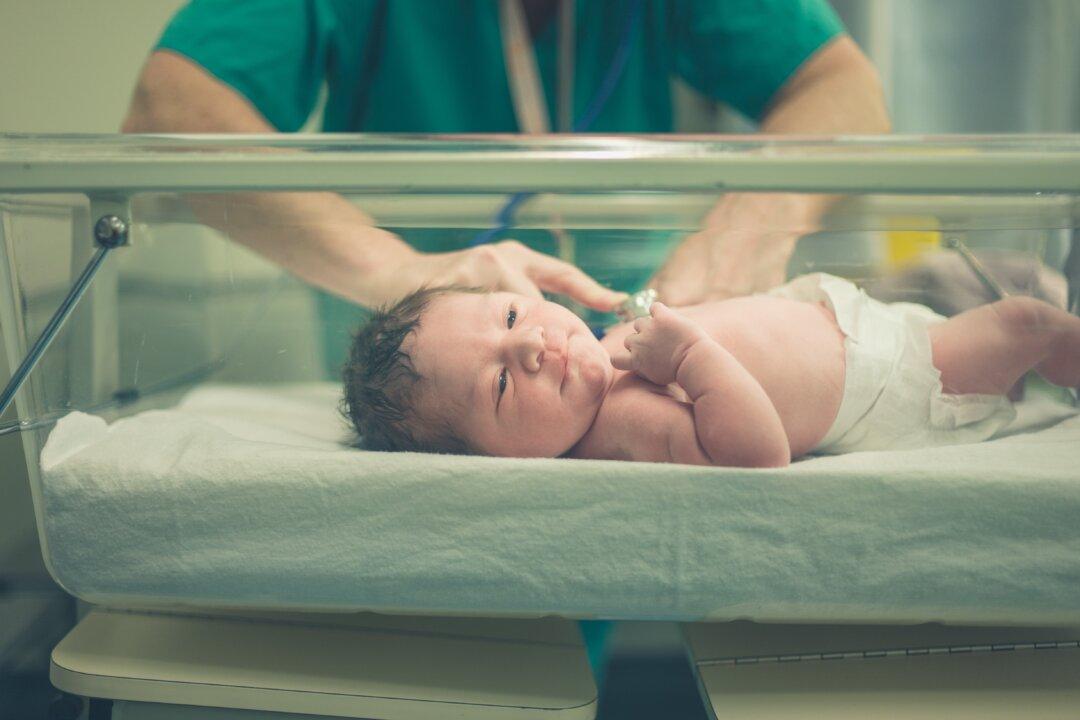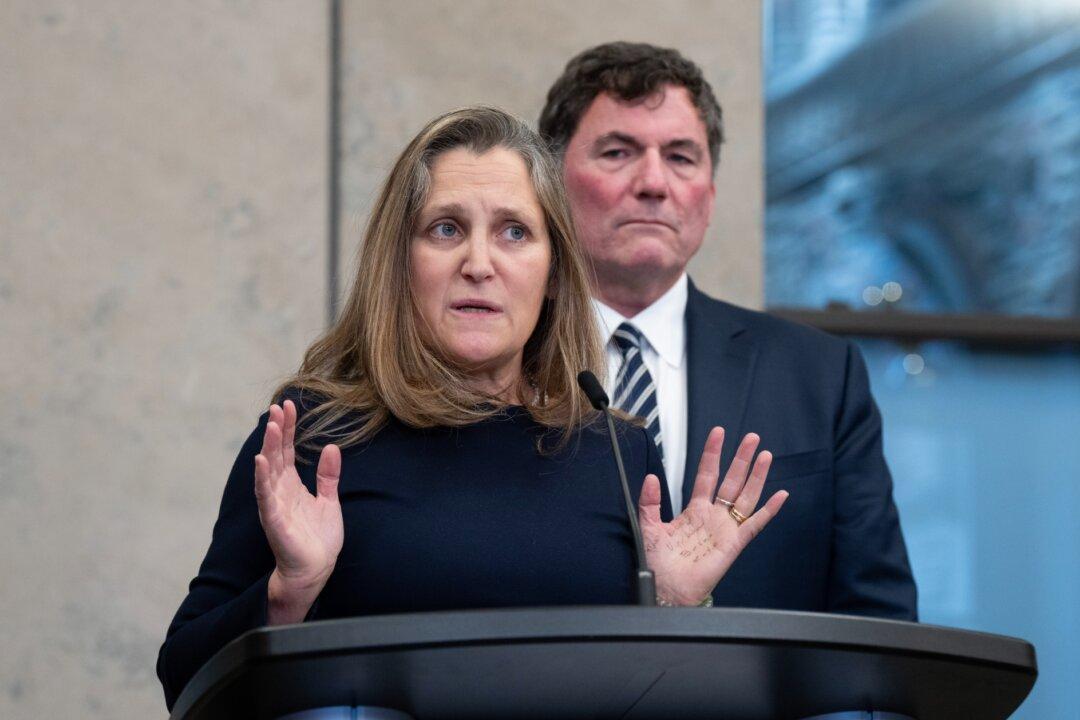Half a year later, however, the landfill took on a whole new meaning for New York, and the world. Barges crossed the bay carrying cargo of a different nature.
On Sept. 12, 2001, pieces of the World Trade Center began entering Fresh Kills’s gates. The landfill became a crime scene. Investigators picked through the rubble, inspecting every piece of debris in an assembly-line fashion for clues—any information the remains could tell of the tragedy it had witnessed.
City officials marked the 10th anniversary of the closing of the Fresh Kills Landfill on Tuesday. In attendance for the commemoration at Fresh Kills were Parks and Recreation Commissioner Adrian Benepe, Sanitation Commissioner John Doherty, and Staten Island Borough President James Molinaro, among others.
Notably absent was former Borough President Guy Molinari, the man responsible for closing the landfill. He was not invited, Molinari told Staten Island Live , an online publication. He demanded Fresh Kills’s closure in 2001, as pollutants seeped out of the massive heap in every direction.
Benepe told the Staten Island publication that Molinari was given a written invitation, but the current borough president, James Molinaro, remarked, “That he is not here is a disgrace. If they had to send a limo to pick him up, they should have. He should have been notified, and not by e-mail. Now we are all here, patting ourselves on the back that we are the environmentalists of the world.”
Staten Island Borough Hall released a preview of its documentary, Fresh Kills: Then and Now, on Tuesday, in honor of the 10th anniversary of its closure. The preview is available on the borough hall’s website, and the full release will come later this year.
Heaps of History
The 2,200-acre lot opened up as a landfill in 1947. The plan was to pile the trash on top of marshland to make it suitable for pubic use—parks, buildings, and esplanades. Originally intended to hold three years of garbage accumulation, it became indispensible to the city’s trash-disposal system and remained in operation for 54 years.
Piled as high as the Statue of Liberty, visible from space with the naked eye, the 110 million tons of trash reached its zenith in 2001.
This location was where the materials from the WTC site were brought: the highest point of Fresh Kills, with a view of Manhattan on the horizon. This year marks the tenth anniversary of the September 11 tragedy.
In another 20 years, Fresh Kills will be the largest park in the city—three times the size of Central Park. The transformation of the landfill began in 2003 and is expected to take about 30 years. The final resting place of the twin towers will be a September 11 memorial park.



